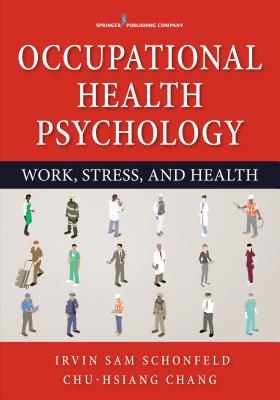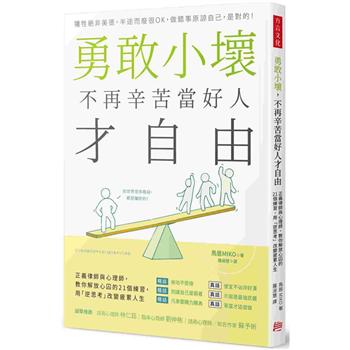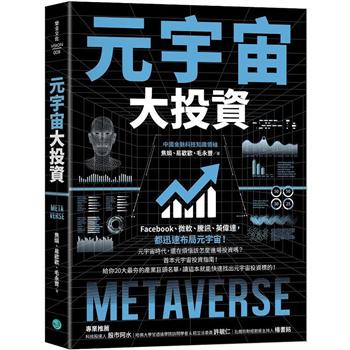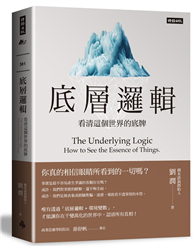Occupational Health Psychology (OHP) is a rapidly expanding interdisciplinary field that focuses on the science and practice of psychology in promoting and developing workplace health- and safety-related initiatives. This comprehensive text for undergraduate and graduate survey courses is the first to encompass a wide range of key issues in OHP from a North American perspective. It draws from the domains of psychology, public health, preventive medicine, nursing, industrial engineering, law, and epidemiology to focus on the theory and practice of protecting and promoting the health, well-being, and safety of individuals in the workplace and improving the quality of work life.
The text addresses key psychosocial work issues that are often related to mental and physical health problems, including psychological distress, burnout, depression, accidental injury, obesity, and cardiovascular disease. It examines leadership styles as they impact organizational culture and provides specific recommendations for reducing employee-related stress through improved leader practices. Also addressed is the relationship between adverse psychosocial working conditions and harmful health behaviors, along with interventions aimed at improving the work environment and maximizing effectiveness. Additionally, the book discusses how scientists and practitioners in OHP conduct research and other important concerns such as workplace violence, work/life balance, and safety. The book reinforces learning with chapter objectives, highlight boxes containing intriguing examples of research and current controversies, and chapter summaries.
Key Features:
Comprises the first comprehensive text on Occupational Health Psychology for undergraduate and graduate survey courses
Covers key issues in health psychology in the workplace such as stress, violence, work/life balance, and safety
Organized and written for easy access by students and faculty
Provides specific recommendation for reducing employee stress
Includes learning objectives, highlight boxes, and end-of-chapter summaries

 看圖書介紹
看圖書介紹









